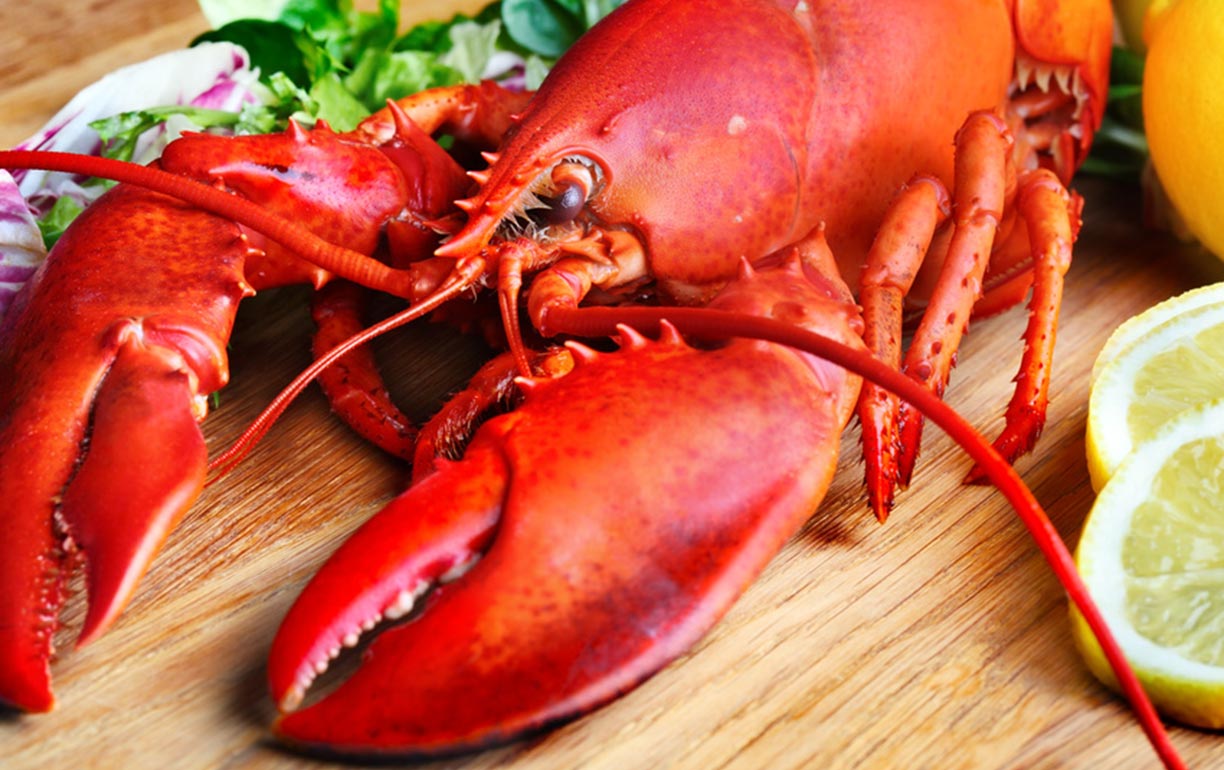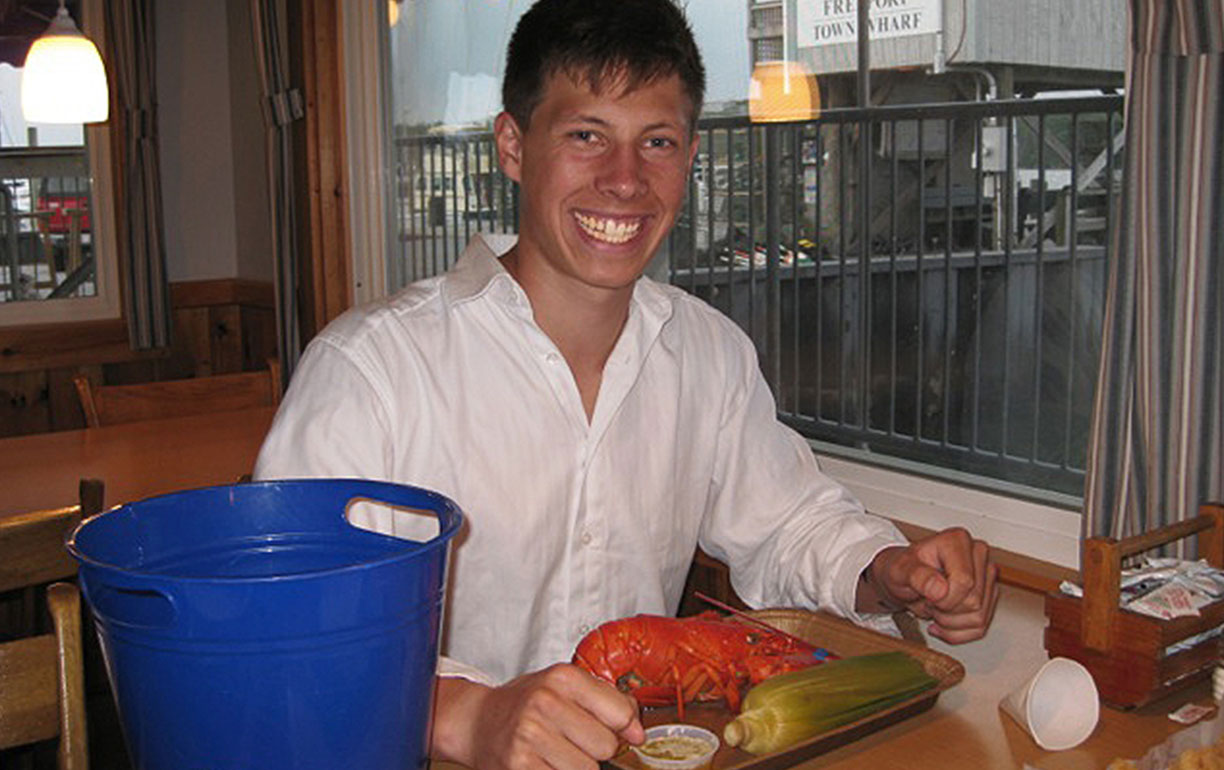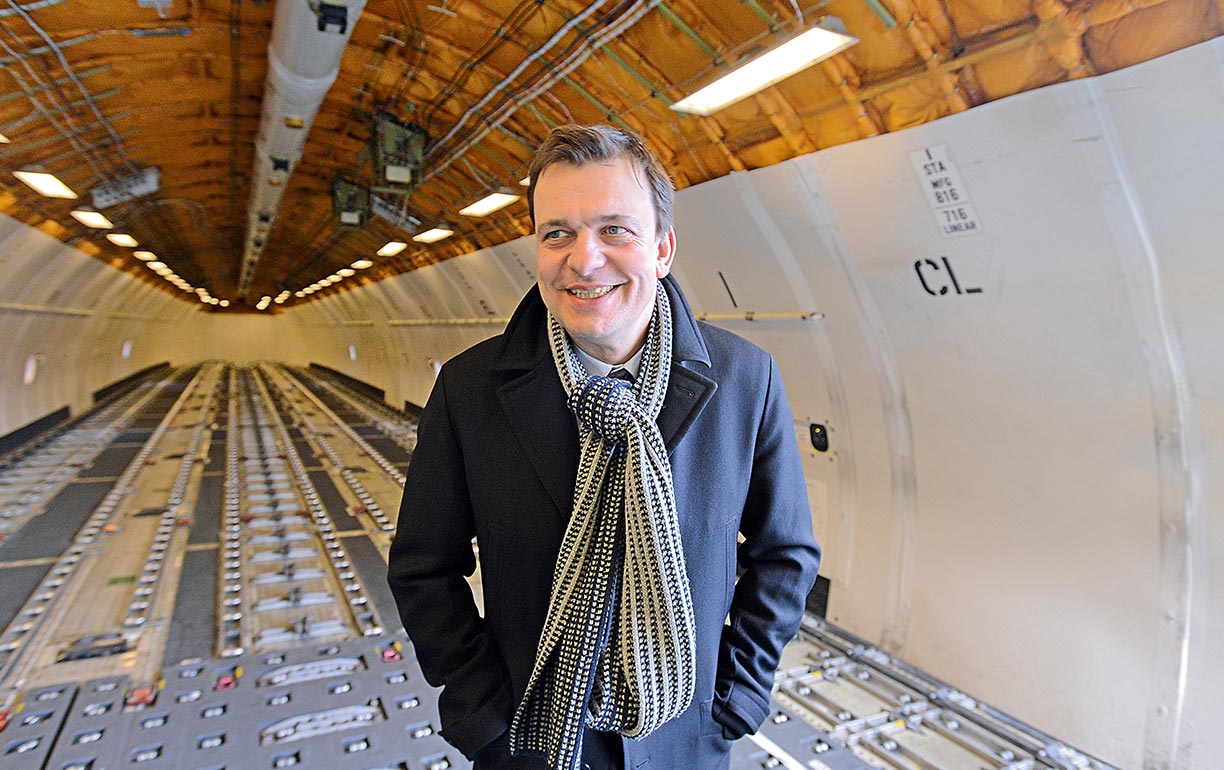
Claws.
American lobster is a prized delicacy all over the world. With its temperature-controlled chain of transportation and careful planning, Lufthansa Cargo ensures that the crustacean lands fresh on plates in Europe and Asia no later than 96 hours after it was caught.
55,000 people and their families on the Atlantic coast of the U.S. state of Maine and Canada live from lobster fishing. Some of the over 17,000 independent businesses have been family-owned for generations.

As a sandwich, soup, pancake or served with French fries and ketchup – in the U.S. state of Maine and in the provinces of eastern Canada, lobster is available in all conceivable variations. 130,000 tons of the crustaceans were fished here between 2010 and 2012. Their value: almost one billion dollars.
Tens of thousands of people live directly or indirectly from lobstering. Whereas the locals view it as a staple, American lobster ranks as a delicacy elsewhere in the world: almost 18,000 tons were exported to the EU in 2011 alone, and the animals were usually still alive during transport. And demand is on the rise, for example, in Asia.
Within just 48 to 96 hours after being caught, lobsters land on plates all over the world.

This imposes the most stringent requirements on transportation, as the fragile animals must be packed individually and compliance with the refrigeration chain constantly guaranteed. Speed is also a crucial factor.
This is why Worldwide Perishables (WWP), the company responsible for lobster transportation in this region, relies on Lufthansa Cargo. The airfreight specialist transports the seafood to markets in Europe and Asia via Boston and Frankfurt.
20 percent are processed locally. The remainder is split evenly and either transported live or deep-frozen. Within six hours, the lobsters reach Worldwide Perishables (WWP), where they are packed in special cool boxes. Alexander Karst, Director Sales and Handling U.S. East Coast and Mid-Atlantic, and his team then take over the task of transportation.
Photos:
Lars Kruse, Fotolia / Mikael Damkier, Tobias Everke
